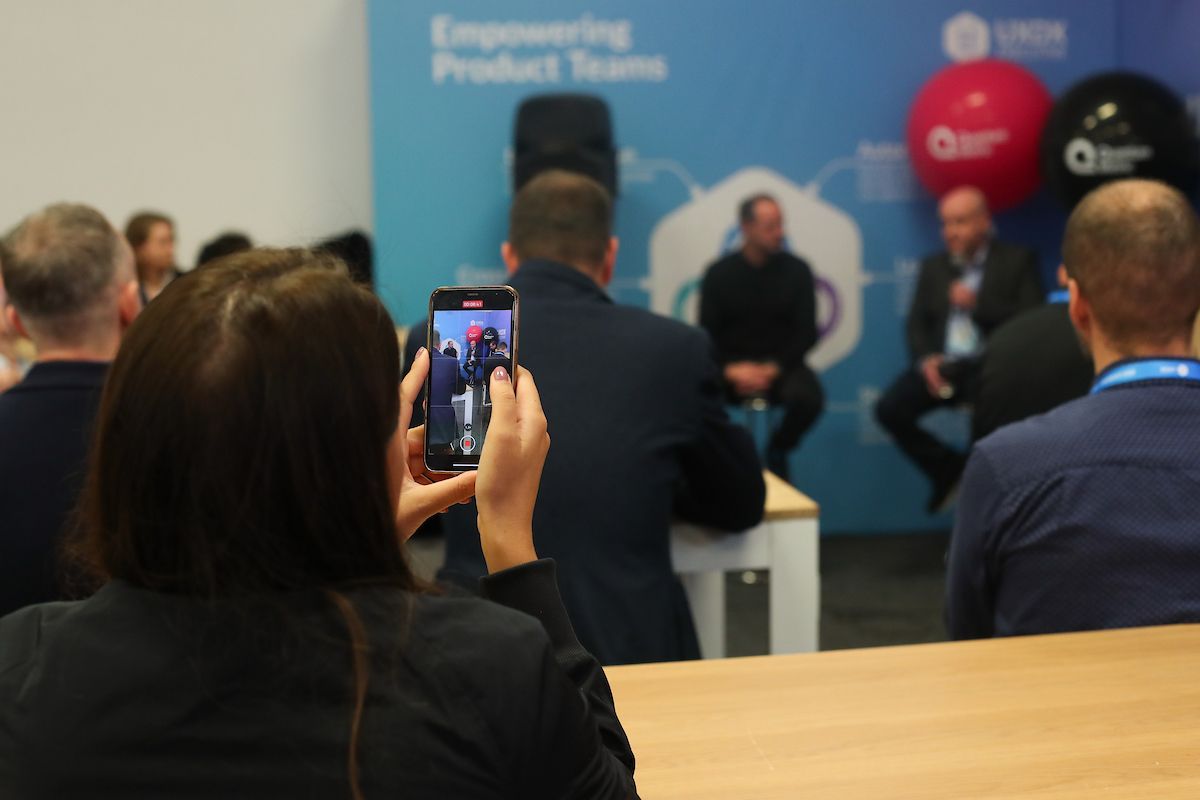UXDX EMEA: How Customer Data Enables Product Design Teams
Aer Lingus and Adidas share their key learnings on how their teams are evolving and how they empower them with customer data.

There is always something to be done when it comes to improving the customer journey. So, how can product teams make sure they are spending their time, managing processes, and communicating to leadership effectively?
At UXDX EMEA 2022, we hosted a panel of product leaders from top companies to share their experiences on how their teams capitalise on customer data. Scott Southwood, Chief Revenue Officer at Quantum Metric, was joined by Stuart Lattimore, Director of Delivery at Aer Lingus, and Niall O’Kelly, Global Director Digital Experience Design at Adidas. Here are the key takeaways from their discussion.
Building the team structure and processes around customer data
Starting off the discussion, the panel discussed how their team structures have changed over recent years as the digital priorities have accelerated.
Considering the rapid growth at Aer Lingus over the last year, Stuart commented on the shift in focus and noted, “One of the things that has fundamentally changed is some of the central roles that empower what we do rather than how we do or when we do it. So we have introduced product manager roles into the business very much focused on acting as the advocate for the customer.”
Not only is it about representing that customer perspective but rapidly sharing lessons learned across the team. Stuart highlighted the most important question for the team: “How do you focus on the highest value stuff first and get that into the hands of your customers as quickly as possible?”
Getting to the heart of what matters to customers most
While every organisation wants to deliver what a customer wants, it can be hard to shake the subjective habits of using gut reactions and past processes to justify next steps. Shifting to a data based approach and utilising metrics can cause friction.
“It’s simple when you sum it up but it is actually quite difficult to change that behaviour,” noted Stuart. “The journey we’ve had to take is to actually step back and listen to our customers, interrogate the data, and have those difficult conversations when the data shows different results than the features you originally thought you needed.”
And that is not just a one and done learning experience. Niall noted, “It’s our responsibility to look at the holistic piece. But, we’ll make a mistake if we try to make everything the same with an experience…Do our socks need to have the same experience as our trainers? Maybe not. It’s very much a continuous conversation about making trade-offs and choices.”
But being able to empower product teams with data from the customers perspective enables them to deliver changes that are needed most. As Stuart cleanly put it: “The more we aid the customer journey, [we get] happier customers. Happy customers, happier staff.”
How to shift executive mindsets to drive alignment and impact
When it comes to managing product teams during the shift to a data-driven customer focus, it involves not only managing that shift down but also managing up.
“You have to be able to package up what the team is doing in a way that is relatable to the c-suite,” noted Niall. Indeed when it comes to building that trust between the c-suite and product teams efforts, Stuart highlighted three points that matter most:
- Iterate and share: Show results to leadership early and often so you can show the needle starting to move in the right direction (even if slowly).
- Provide data transparency: Make all reports and metrics you review as a team accessible to everyone.
- Keep it simple: Focus on communicating as clearly and simply as possible, especially when walking through complex subjects.
In the end, it is about harnessing the customer data that empowers teams to prioritize, iterate confidently, and communicate to leadership effectively.
To learn more about embracing this shift, explore how product teams use Quantum Metric to release customer-centric iterations backed by the customer data that gives them speed and confidence.